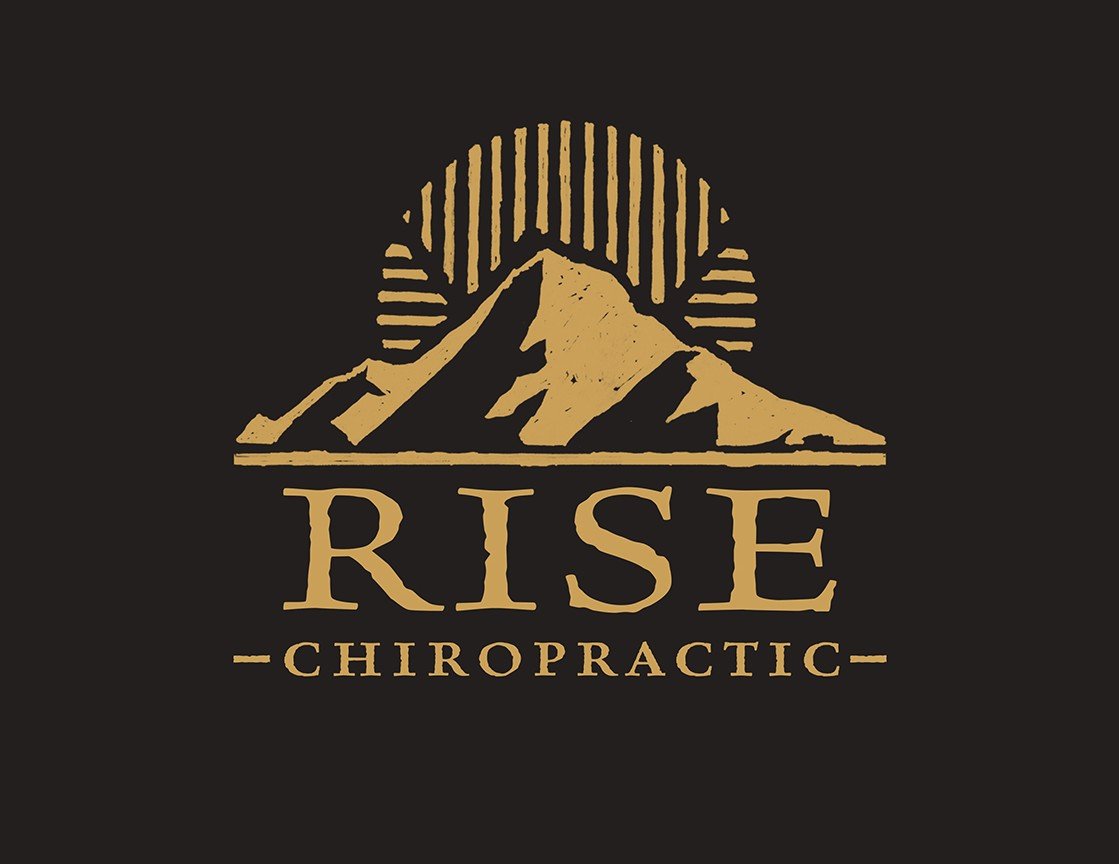Commonly Asked Questions:
How much will this cost?
Care plan costs vary according to your individual case and chiropractic needs. Our guiding principle is always to share the love of Christ, serving people in a way that glorifies the Lord. So we have put great thought into making care as affordable as possible. We offer family discounts, so that your spouse and children can experience the same life-changing care. We also practice full transparency, covering all costs upfront, so that you can make educated decisions and never receive surprise charges.
Why should I get my spine checked, even if I have no symptoms?
At Rise, we don’t just want you to feel better; we want you to heal better. While we empathize deeply with your pain, we also understand that symptoms are not the best indicator of your health. It can sometimes take years for symptoms to develop, and their severity may not accurately reflect the problem. So rather than targeting the symptoms themselves, we go to the root cause of dysfunction. Our ultimate goal is to optimize your body’s ability to handle stress, adapt to change, heal from injury/illness, and perform at it’s highest potential. Much like you take care of your teeth by brushing them and regularly checking in with your dentist, your spine also needs preventive and maintenance care. As the foundation for all health and function in the body, your spine and nervous system deserve some TLC.
How is a chiropractic adjustment different from cracking my own back/neck?
The key here is specificity. When we adjust your spine, we target only specific segments identified by a thorough exam and x-ray analysis. When you crack your own back/neck, you may very well be moving things that shouldn’t be moved. Additionally, the methods used to self-manipulate often require putting your spine in unusual and stressful positions. Over time, these things can lead to ligament laxity and hypermobility, causing further pain and dysfunction later on. Self-manipulation lacks specificity not only in location, but also in direction. You may very well be causing subluxation by moving a healthy segment into misalignment, or exacerbating a subluxation by moving it further into misalignment… So although it might feel good in the moment, this habit can be harmful to the long-term health of your spine and body.
What is the “crack” sound?
Many of the joints in your body (including those of the spine), are filled with nourishing and shock-absorbing fluid. When pressure changes occur across one of these joints, it can pop gas bubbles within the fluid. This is the “cracking” sound that you are familiar with. It is completely harmless, and relatively meaningless to the quality of an adjustment. The presence of a “crack” does not mean that an adjustment was good, and likewise, the absence of a “crack” does not mean that the adjustment was bad.
What does the adjustment feel like? Is it painful?
The Gonstead Method is designed to be gentle and specific. This means that you will not be torqued and rotated into painful positions, and the impulse will use more speed than force. When subluxations have been present for a long time, or if the surrounding tissues are sore and inflamed, then some discomfort may occur. Similarly, you may experience some soreness in the days following an adjustment. This is also completely normal, and resembles the response to working out. The workout provides a positive stress to your muscles, making them temporarily sore as they adapt and become stronger. Similarly, your body is adapting to a new normal after an adjustment, and the shifts may produce some soreness.
